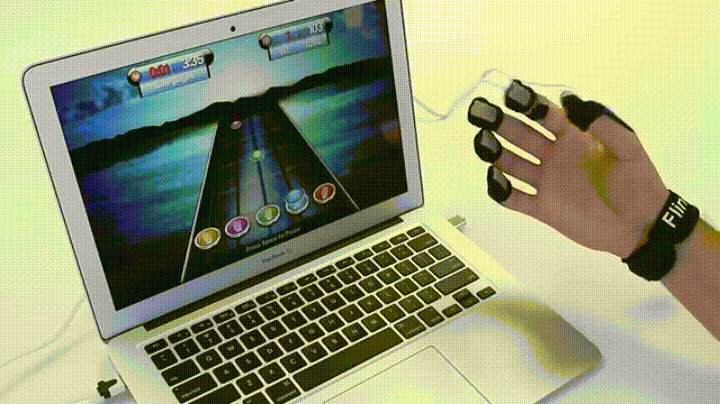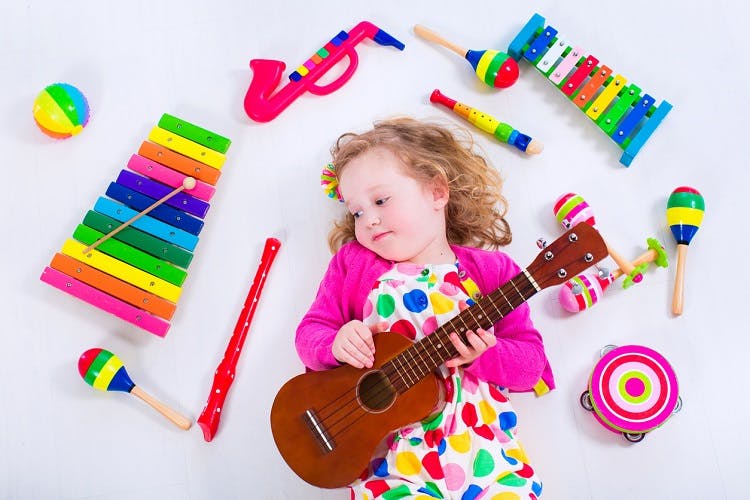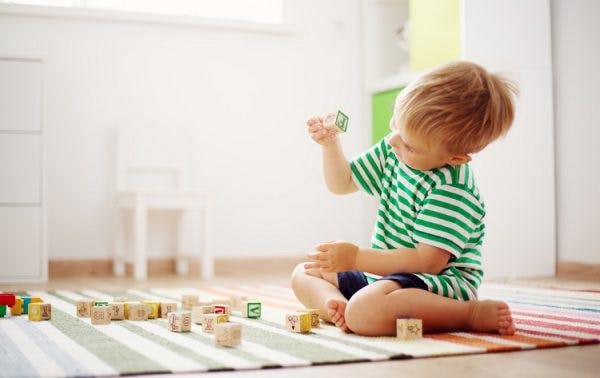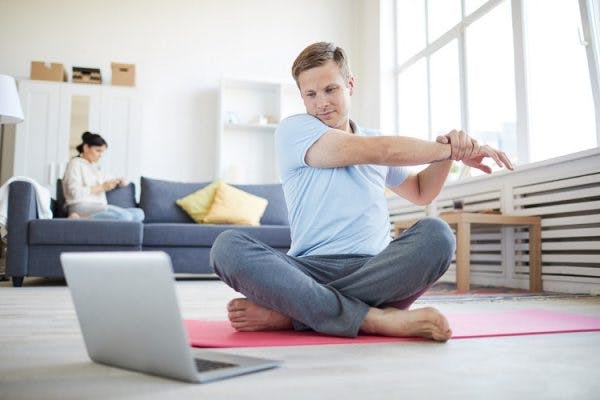Music therapy is a fun and engaging intervention that can help individuals with cerebral palsy improve a variety of developmental skills. It uses the engaging qualities of music to accomplish non-musical goals.
For example, music therapy can involve synchronizing steps to lively music to improve walking speed. There are various ways to utilize music therapy to help individuals target their specific weaknesses and reach their functional goals.
To help you understand how music therapy can help individuals with cerebral palsy, this article will discuss:
- How music therapy helps individuals with cerebral palsy
- The benefits of music therapy for individuals with cerebral palsy
- How music therapy helps improve walking
- How to effectively practice music therapy at home
Understanding How Music Therapy Helps Individuals with Cerebral Palsy

Cerebral palsy is a motor disorder caused by damage to the developing brain. It primarily affects an individual’s movements, balance, and posture. While the brain damage that causes cerebral palsy cannot be healed, individuals can improve their motor functions by engaging neuroplasticity.
Neuroplasticity is the brain’s ability to adapt and rewire itself based on the behaviors we consistently repeat. Music therapy helps activate neuroplasticity in individuals with cerebral palsy by providing a new, creative, and interactive approach to addressing therapeutic goals. It combines music with other therapeutic interventions such as exercise to improve engagement.
Often, children struggle to perform the repetitions they need to promote neuroplasticity because they easily lose interest in conventional forms of exercise. Incorporating music into the exercises helps peak the individual’s attention and keeps them engaged. The more engaged they are, the easier it is for them to perform the repetitions they need to improve their motor functions.
Up next, we’ll discuss the benefits music therapy can provide for individuals with cerebral palsy.
Benefits of Music Therapy
Cerebral palsy is an umbrella term, meaning that it encompasses a wide range of motor impairments at varying severities. Depending on the type of cerebral palsy an individual has, they may experience stiffness in all or part of the body, uncontrollable movements, or poor balance and coordination.
There are a variety of different music-based activities involved in music therapy, which makes it ideal for individuals with any type of CP. Check out the video below to discover some of the various ways music therapy can be utilized:
As demonstrated in the video, music therapy can help individuals with cerebral palsy become more functional by developing the following skills:
- Balance by practicing shifting their weight from side to side
- Fine motor skills by picking specific items up and tapping or shaking them
- Sensory integration by using a combination of hearing, touch, vision, and proprioception (knowing where your body is in space)
- Gross motor skills by walking, stomping feet, dancing, or using the arms
- Concentration by engaging in challenges
- Memory by matching certain sounds to objects or movements
- Mood by expressing your emotions in a new, effective way
- Social skills by learning to take turns, be patient, and collaborate with others
- Response/reaction time by learning to anticipate when you should act and when to stop
The next section will discuss how a music therapy technique called rhythmic auditory stimulation can be used to help individuals with cerebral palsy improve their walking patterns.
How Music Therapy Can Help Individuals with Cerebral Palsy Walk
Many individuals with cerebral palsy have difficulties walking due to abnormal muscle tone in their legs. Rhythmic auditory stimulation is a form of music therapy that synchronizes sound and movement to facilitate improvements in biologically rhythmical functions, such as walking.
Rhythmic auditory stimulation encourages children to match their steps to the rhythm of the beat. Gradually, therapists will increase the tempo of the music to promote a more natural, steady pace.
As your child becomes more comfortable synchronizing their steps to music, they’ll start internalizing the beat in their brains. This will allow for the carryover of skills outside of music therapy sessions.
Additionally, rhythmic auditory stimulation can help individuals with cerebral palsy develop better posture, stride lengths, and more symmetric muscle activation patterns in the legs while walking.
Adding music to traditional exercise and challenging the individual to synchronize their steps to the beat activates various areas of the central nervous system including the cortex, cerebellum, and spinal tract. It also keeps children engaged, so they don’t even realize how many repetitions they’re performing.
In the following section, we’ll discuss an effective way to practice music therapy at home.
How to Practice Music Therapy at Home

In order to see the best results, it’s essential to practice exercises outside of therapy as well. One way to practice music therapy at home is to invest in gamified rehabilitation devices. For example, the MusicGlove combines music, hand therapy, and gaming together to help motivate individuals to perform the repetitions they need to improve hand functions.
It encourages users to match their finger movements to visual cues on the screen while music is playing. The finger movements are synchronized to the beats in the music to provide auditory, visual, and tactile stimulation to the brain.
MusicGlove is popular with individuals with cerebral palsy because it makes hand rehabilitation more fun and engaging than traditional therapy. Plus, therapists give it a thumbs up because it’s clinically proven to improve hand function after neurological injuries.
Music Therapy for Cerebral Palsy: Key Points
Our brains are incredibly adaptable, but they need repetitive activities or exercise to become familiar with new functions.
Music therapy can serve as a fun and motivating intervention to encourage individuals with cerebral palsy to perform lots of repetitions to activate neuroplasticity. It engages multiple senses (vision, hearing, touch, and proprioception) to promote various motor functions including coordination, spatial awareness, and control.
We hope this article helped you better understand what music therapy is and how it may benefit individuals with cerebral palsy.











